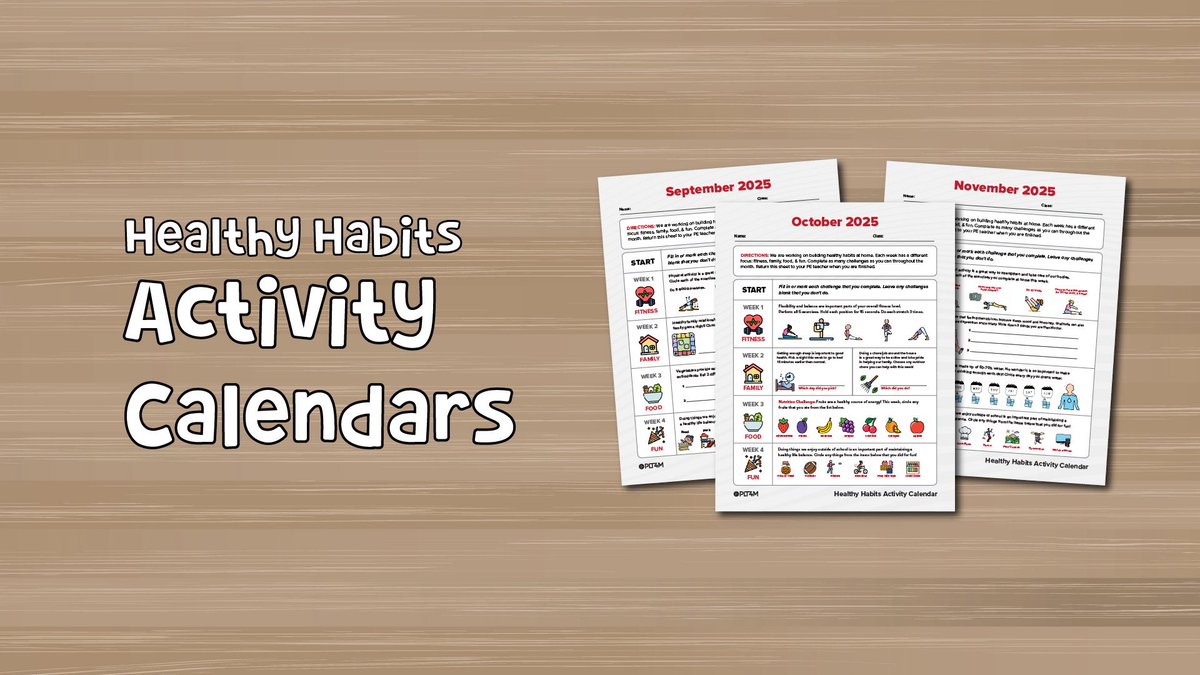SMR for Mobility & Recovery
Share this article:
Recent Posts
Interested if PLT4M can work at your school?
Follow Us!
Block 2 PE trying out the @PLT4M app in the fitness room and gym for warmups. Students enjoyed, boxing, yoga, stretching, cardio, and strength exercises 💪🏼💪🏼💪🏼
Working on our underhand tossing in PhysEd today with “Move the Mat” from the new @PLT4M elementary PE curriculum.
#physed
A K-2 favorite 🤩 “Zookeepers” by @PLT4M here’s how to play. #physed #physicaleducation
“Sort the Trash” from @PLT4M with kindergarten for today’s warmup! 🔴🔵🟢🟡 #physed #physicaleducation #elementarype #kindergarten
A look at an activity called “Partner Mixer” by @PLT4M I use to help students find different people to play with. #physed #physicaleducation
Kick off the school year with some fun!
Grab FREE monthly Healthy Habits Activity Calendars for your students from PLT4M and @pe4everykid!

Mike Graham
@pe4everykid
Grab your free copy of our Healthy Habits Activity Calendars from @PLT4M here: https://hubs.li/Q03DcJC_0 #physed #physicaleducation #elementarype




